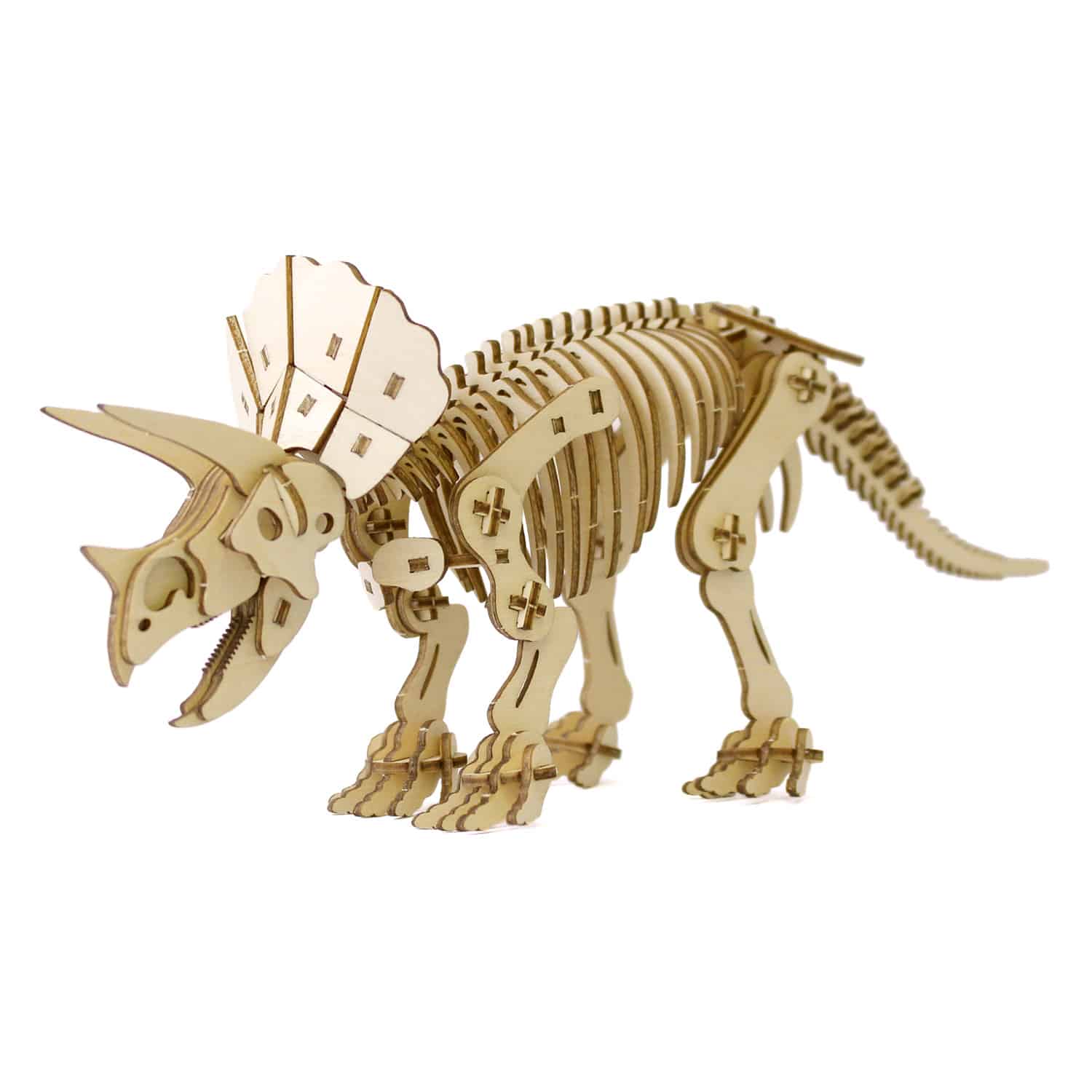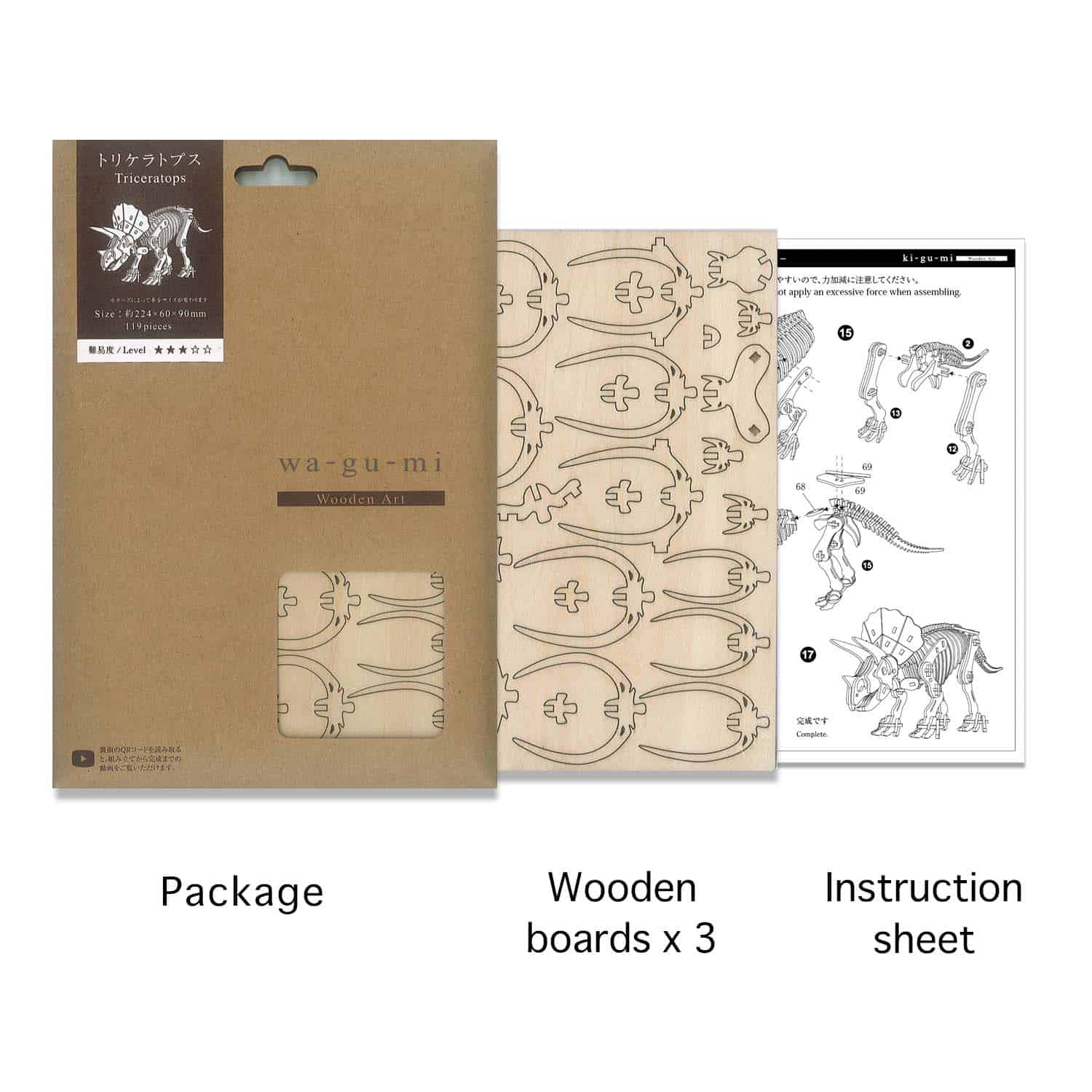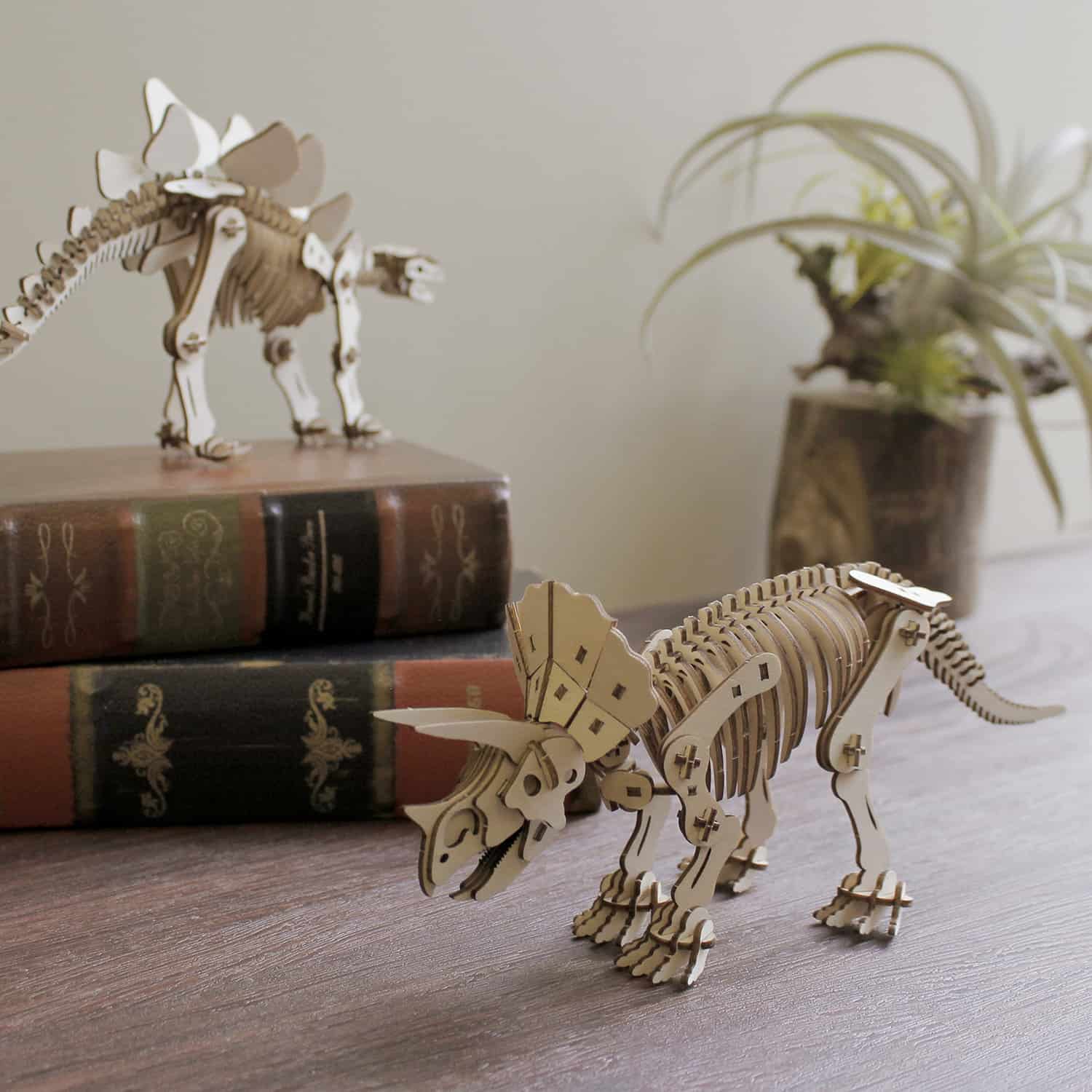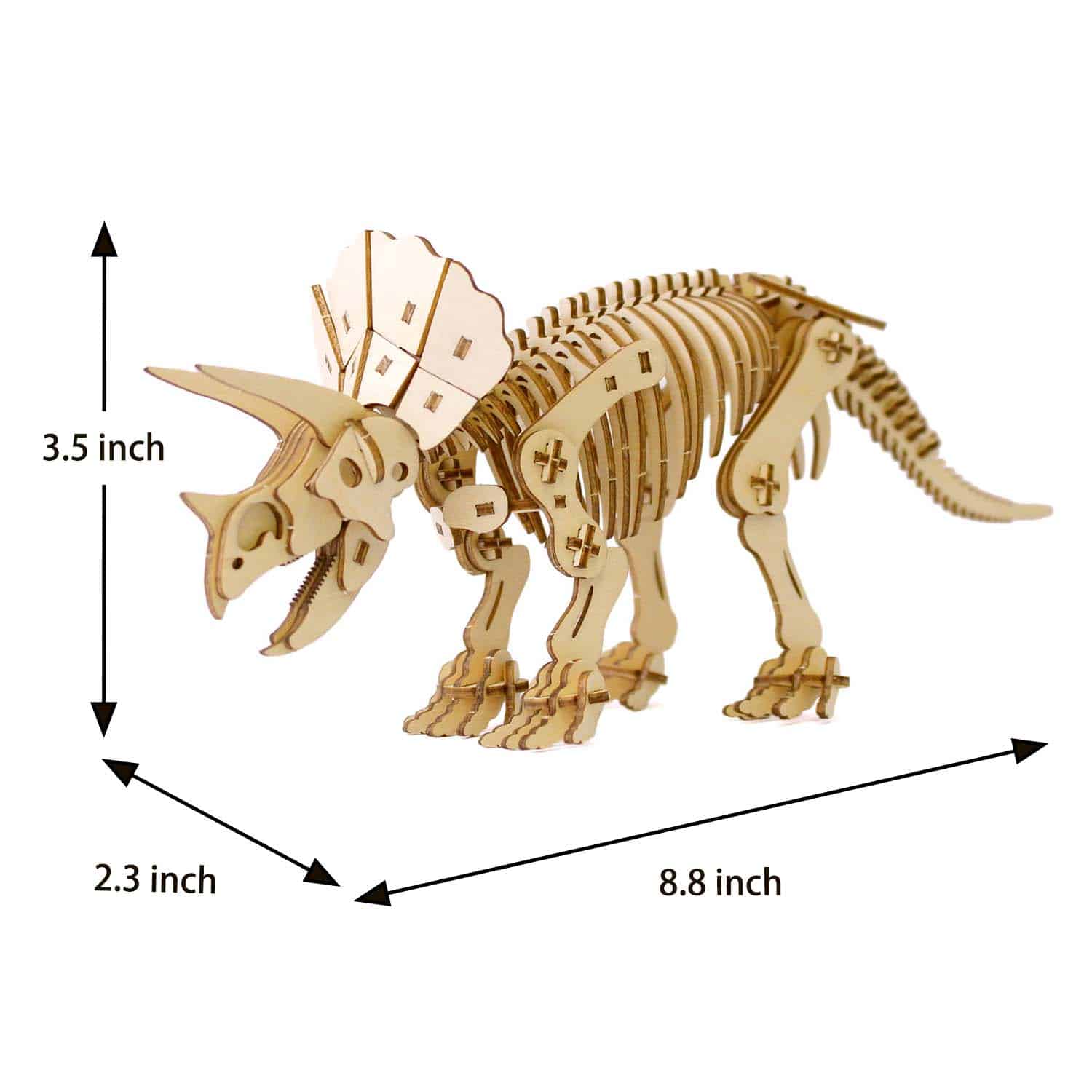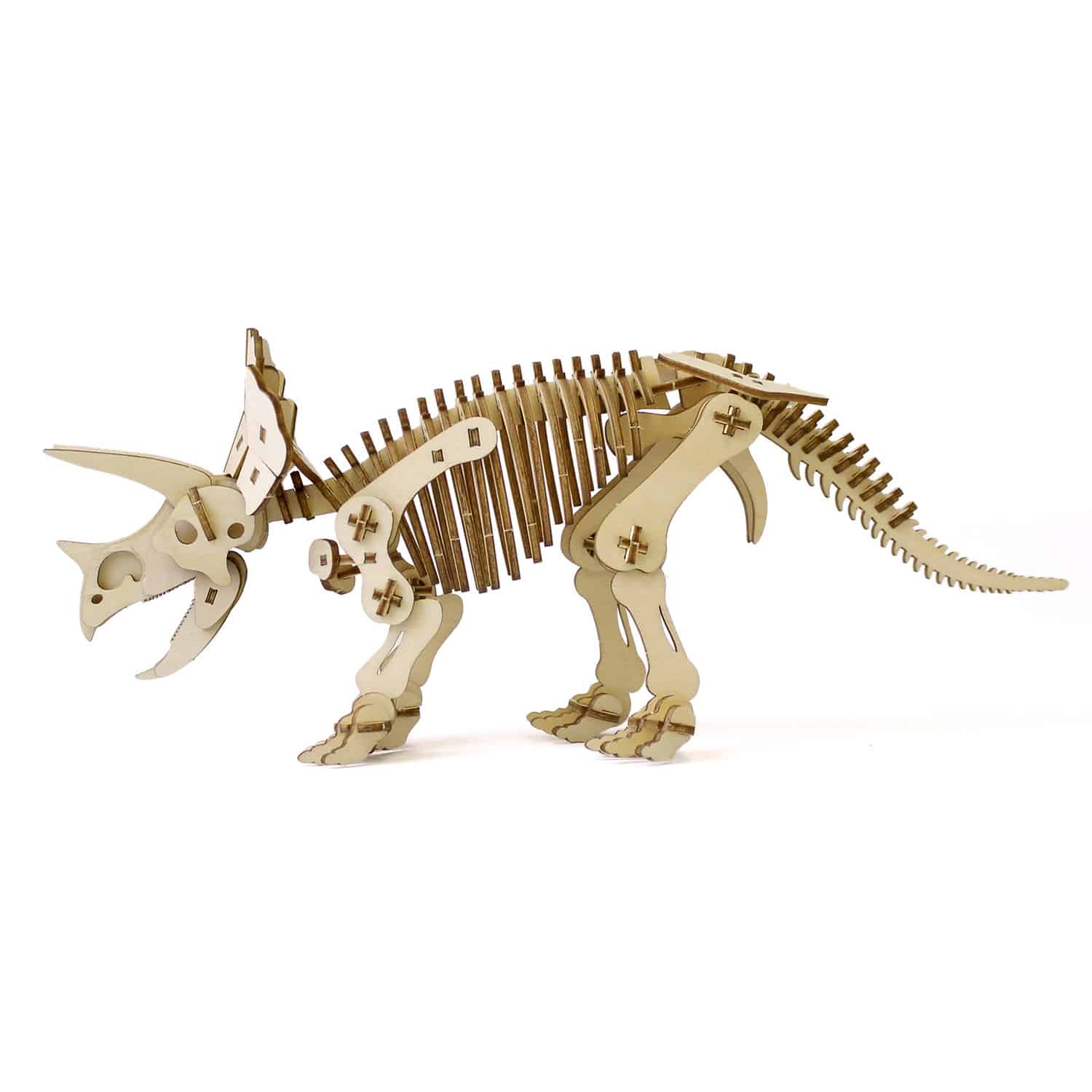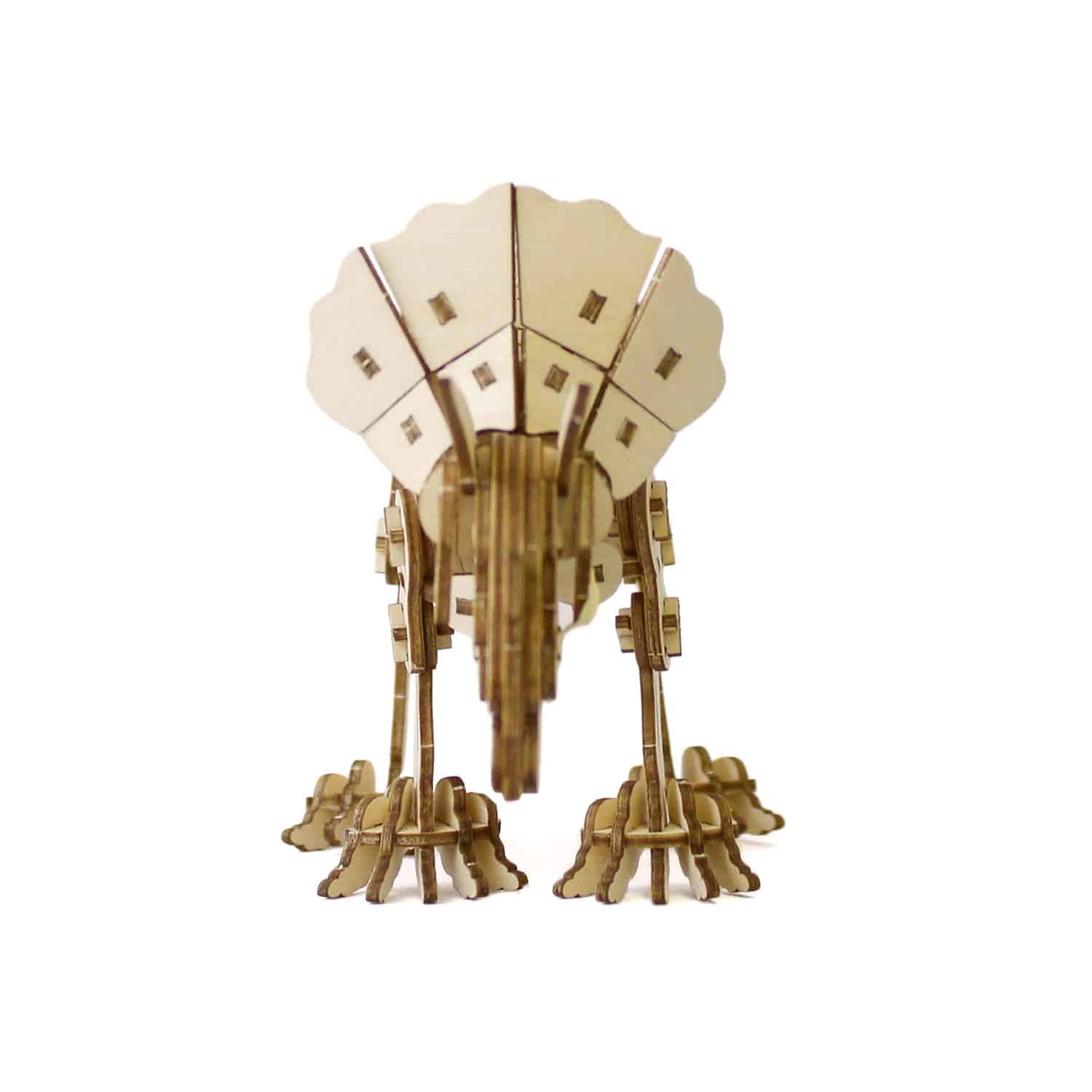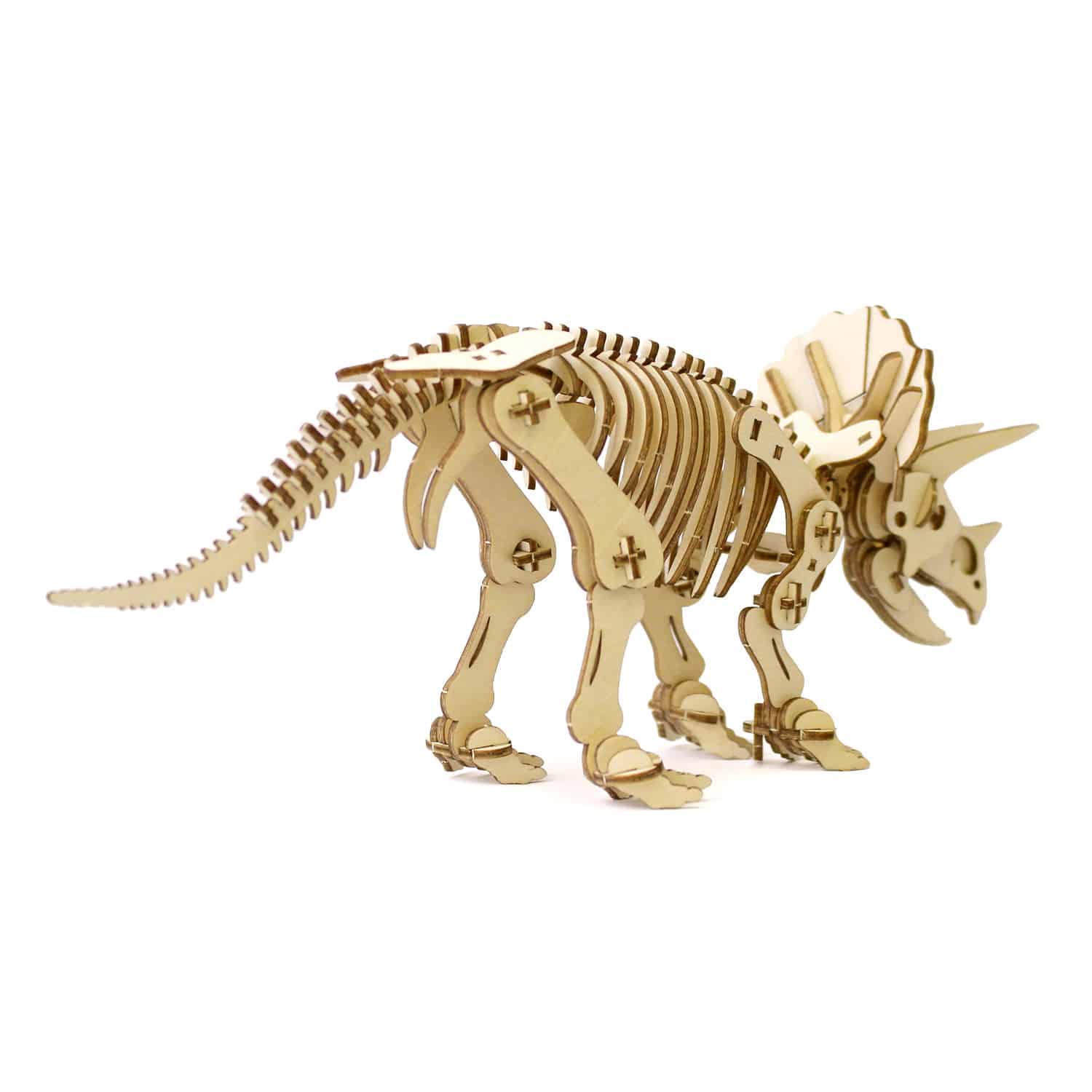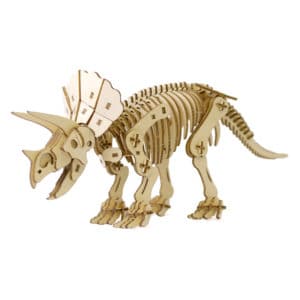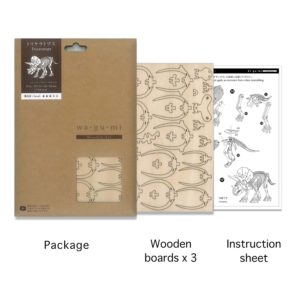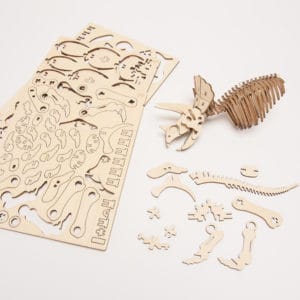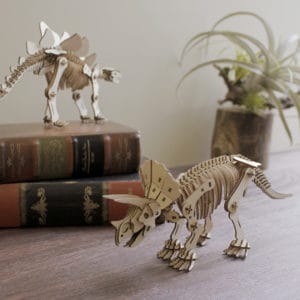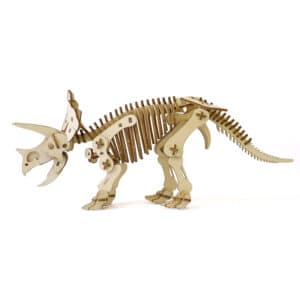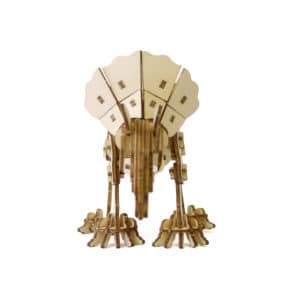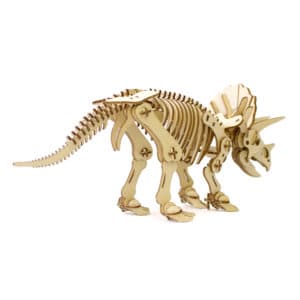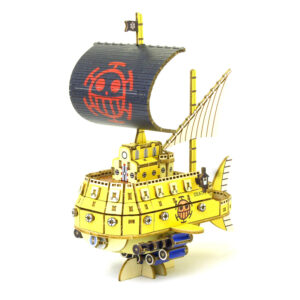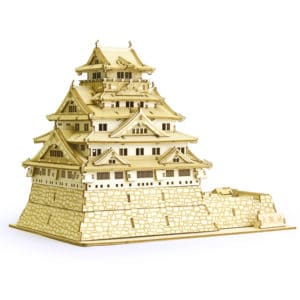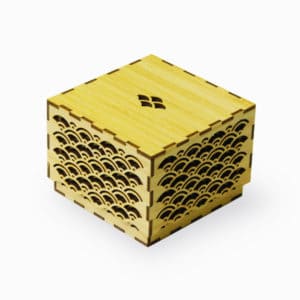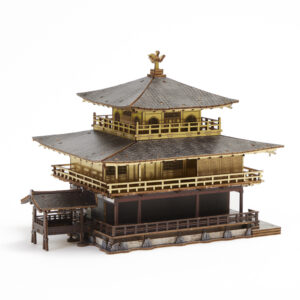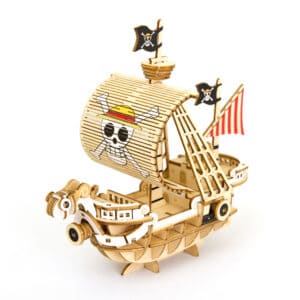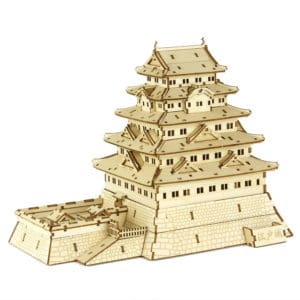Wagumi wooden 3D puzzles series features architecture landmarks, animals, dinosaurs and other Japanese cultural objects and scenes.
- Dinosaur Series – Wooden 3D puzzle kit featuring castles and buildings in Japan. Crystal puzzles, Japanese puzzle box for adults and 3D Puzzles have been very popular gifts for adults and kids alike
- Easy Assembly – The puzzle box includes wood sheets with precisely laser cut pieces designed to connect and build without any glue, making it easy to assemble for any craft and puzzle hobbyist
- Wooden Puzzle for Adults – Unlike paper or cardboard castle kits, wooden pieces are sturdy and its size varies from nano to large – making the miniature models as detailed as ship in a bottle kits
- Fun at Home – Great DIY project for seniors, adults and kids staying at home – making it a good excuse to stay away from smart phones and video games. Doable for kids ages 12-14 with some assistance.
- Great for Gifts – Make your own 3D puzzles and wooden model building kits are great birthday gifts and party favors for any adult craft hobbyists and works well as kids puzzles
About Triceratops (from Wikipedia)
Triceratops is an extinct genus of herbivorous chasmosaurine ceratopsid dinosaur that first appeared during the late Maastrichtian stage of the Late Cretaceous period, about 68 million years ago in what is now North America. It is one of the last-known non-avian dinosaur genera, and became extinct in the Cretaceous–Paleogene extinction event 66 million years ago. The name Triceratops, which literally means ‘three-horned face’, is derived from the Greek words trí- (τρί-) meaning ‘three’, kéras meaning ‘horn’, and ṓps meaning ‘face’.
Bearing a large bony frill, three horns on the skull, and a large four-legged body, exhibiting convergent evolution with rhinoceroses and bovines, Triceratops is one of the most recognizable of all dinosaurs and the most well-known ceratopsid. It was also one of the largest, up to 9 meters (29.5 ft) long and 12 metric tons (13 short tons) in weight. It shared the landscape with and was most likely preyed upon by Tyrannosaurus, though it is less certain that two adults did battle in the fanciful manner often depicted in museum displays and popular images. The functions of the frills and three distinctive facial horns on its head have long inspired debate. Traditionally, these have been viewed as defensive weapons against predators. More recent interpretations find it probable that these features were primarily used in species identification, courtship, and dominance display, much like the antlers and horns of modern ungulates.
Triceratops was traditionally placed within the “short-frilled” ceratopsids, but modern cladistic studies show it to be a member of the Chasmosaurinae which usually have long frills. Two species, T. horridus and T. prorsus, are considered valid today, from the seventeen species that have ever been named. Research published in 2010 concluded that the contemporaneous Torosaurus, a ceratopsid long regarded as a separate genus, represents Triceratops in its mature form. This view has been disputed; further data is needed to settle the debate.
Triceratops has been documented by numerous remains collected since the genus was first described in 1889 by American paleontologist Othniel Charles Marsh. Specimens representing life stages from hatchling to adult have been found. As the archetypal ceratopsid, Triceratops is one of the most popular dinosaurs, and has been featured in film, postal stamps, and many other types of media.
| Weight | 0.15 lbs |
|---|---|
| Dimensions | 5.79 × 0.2 × 8.5 in |
Related products
wa-gu-mi One Piece
wa-gu-mi Architecture
wa-gu-mi Gift Box
wa-gu-mi Gift Box
wa-gu-mi One Piece
wa-gu-mi One Piece
wa-gu-mi Architecture

